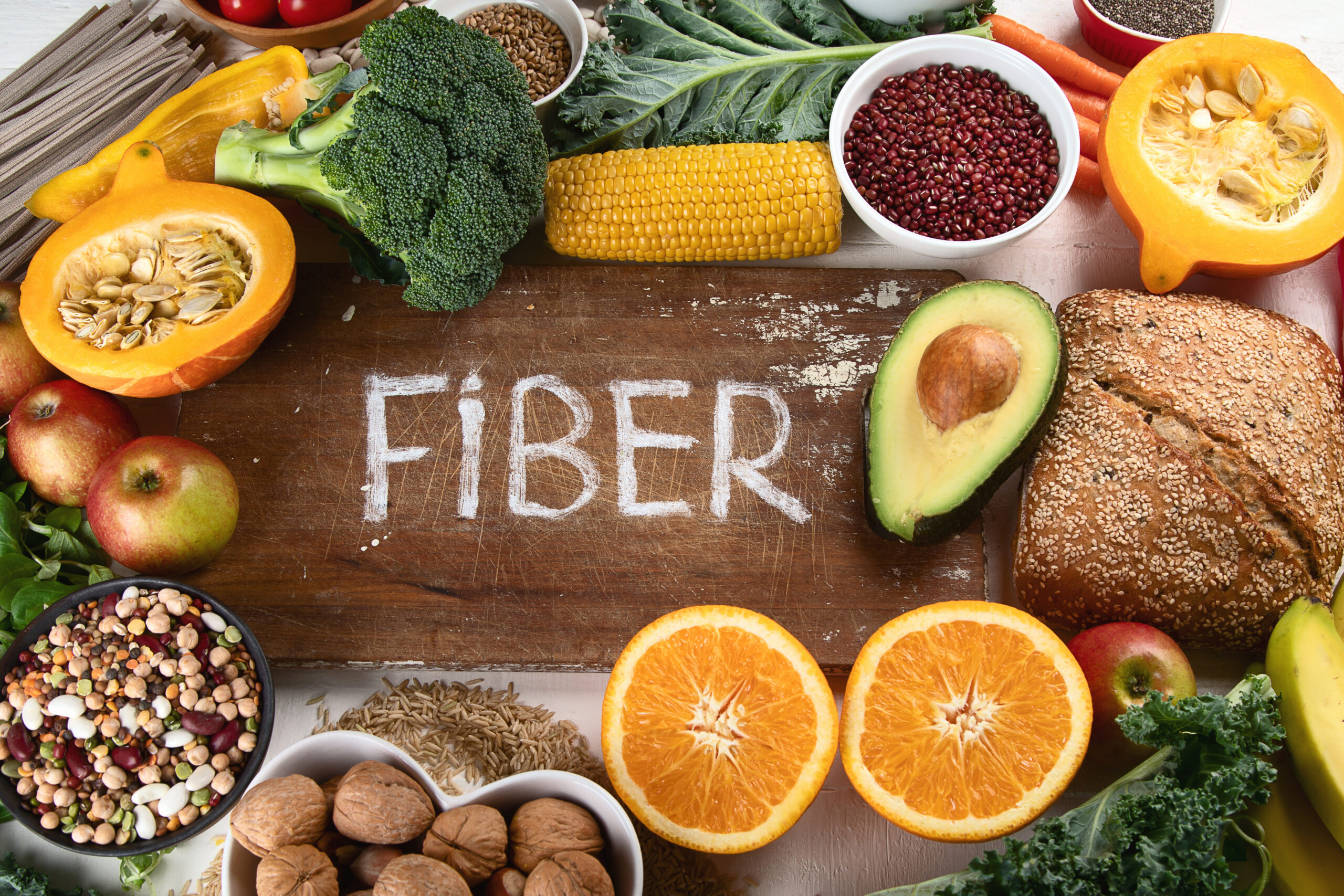Table of Contents

The "fibermaxxing" trend promises health benefits for those willing to boost their fiber intake, but experts warn that finding the right balance is crucial to avoid uncomfortable digestive issues.
At a Glance
- Most Americans consume only about 16 grams of fiber daily, far below the recommended 25-38 grams
- Adequate fiber intake supports weight management, gut health, hormone balance, and reduces risk of chronic diseases
- Increasing fiber too quickly can cause bloating, gas, and constipation
- Experts recommend gradually increasing fiber intake while maintaining proper hydration
- People with digestive conditions like IBS should consult healthcare providers before significantly increasing fiber
Understanding the Fibermaxxing Trend
Fibermaxxing has gained popularity across social media platforms as a nutrition approach focused on maximizing daily fiber intake through strategic food choices. Unlike many fleeting health trends, this one has nutritionists nodding in approval. The practice involves intentionally increasing consumption of fiber-rich foods to capitalize on their numerous health benefits, including improved digestion, blood sugar management, and increased satiety that supports weight control. With most Americans falling significantly short of recommended fiber intake, this trend addresses a genuine nutritional gap in the typical Western diet.
Fiber, a type of carbohydrate naturally found in plants, comes in two main varieties: soluble and insoluble. Soluble fiber dissolves in water to form a gel-like substance that helps lower cholesterol and blood sugar levels, while insoluble fiber adds bulk to stool and aids digestive health by preventing constipation. Both types are essential for overall health, but their balance in your diet may need adjustment based on individual health needs and digestive comfort.
Health Benefits Beyond Digestion
The benefits of adequate fiber intake extend far beyond improved digestion. Research indicates that fiber-rich diets are associated with reduced risk of several chronic conditions, including heart disease, type 2 diabetes, and certain cancers. Fiber also plays a crucial role in supporting a healthy gut microbiome, which increasingly appears connected to numerous aspects of health, from immune function to mental wellbeing. For those concerned about weight management, fiber creates a feeling of fullness that can help reduce overall calorie consumption while stabilizing blood sugar levels that might otherwise trigger hunger.
For adults over 40, maintaining adequate fiber intake becomes increasingly important as metabolism slows and digestive efficiency naturally declines. The Dietary Guidelines for Americans recommends that adults consume at least 25 grams of fiber daily, with slightly higher amounts (38 grams) recommended for younger men. However, requirements may decrease somewhat after age 50, balancing the continued need for fiber's health benefits with the potential for increased sensitivity to its digestive effects.
Finding Your Fiber Sweet Spot
While increasing fiber intake offers numerous health benefits, there is definitely such a thing as too much of a good thing. Consuming excessive amounts of fiber, particularly when introduced too quickly, can lead to uncomfortable symptoms including gas, bloating, constipation, and abdominal cramping. In extreme cases, consuming more than 70 grams daily could even lead to intestinal obstruction. The key to successful "fibermaxxing" lies in finding the right balance for your individual body and gradually adapting to higher fiber levels.
People with existing digestive conditions require particular caution when increasing fiber intake. Those with irritable bowel syndrome (IBS), inflammatory bowel disease (IBD), or small intestinal bacterial overgrowth (SIBO) may need to work closely with healthcare providers to determine appropriate fiber types and amounts. Even individuals without diagnosed conditions should listen carefully to their body's signals and adjust accordingly, remembering that optimal fiber intake varies based on individual factors including age, activity level, and digestive sensitivity.
Practical Tips for Healthy Fiber Incorporation
To safely increase your fiber intake, nutrition experts recommend several practical strategies. First, introduce fiber-rich foods gradually over several weeks, allowing your digestive system time to adjust. Simultaneously increase water consumption, as fiber absorbs water and adequate hydration is essential for preventing constipation. Choose a variety of fiber sources including fruits, vegetables, legumes, whole grains, nuts, and seeds to benefit from different fiber types and additional nutrients they contain. Simple swaps like choosing whole grain bread instead of white, adding beans to salads, and keeping fiber-rich snacks on hand can make sustainable differences.
High-fiber foods to incorporate include split peas (16g per cup), lentils (15.6g per cup), black beans (15g per cup), raspberries (8g per cup), barley (6g per cup), pears (5.5g per medium fruit), apples (4.5g per medium fruit), Brussels sprouts (4g per cup), almonds (3.5g per ounce), and chia seeds (10g per ounce). When considering fiber supplements, choose those with natural fiber sources and consult a healthcare professional first, particularly if you have digestive sensitivities or take medications that might interact with increased fiber.
AD
Most Recent
AD
